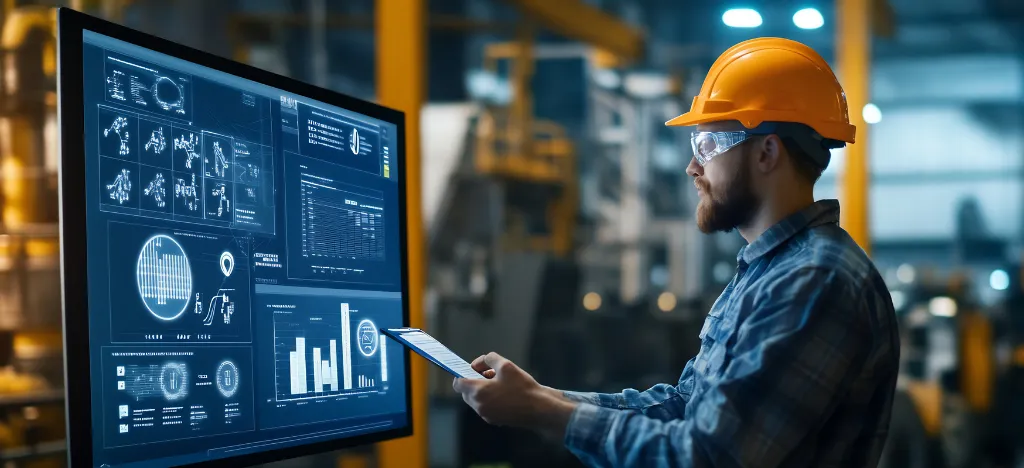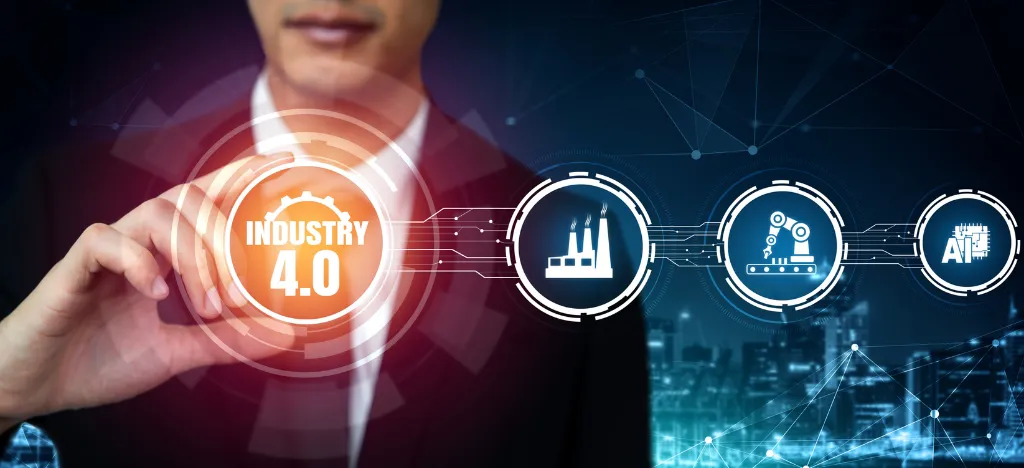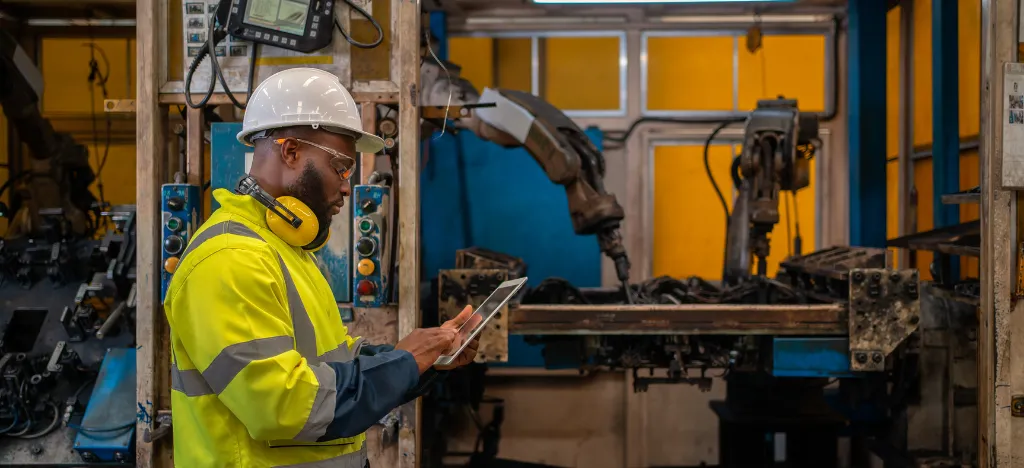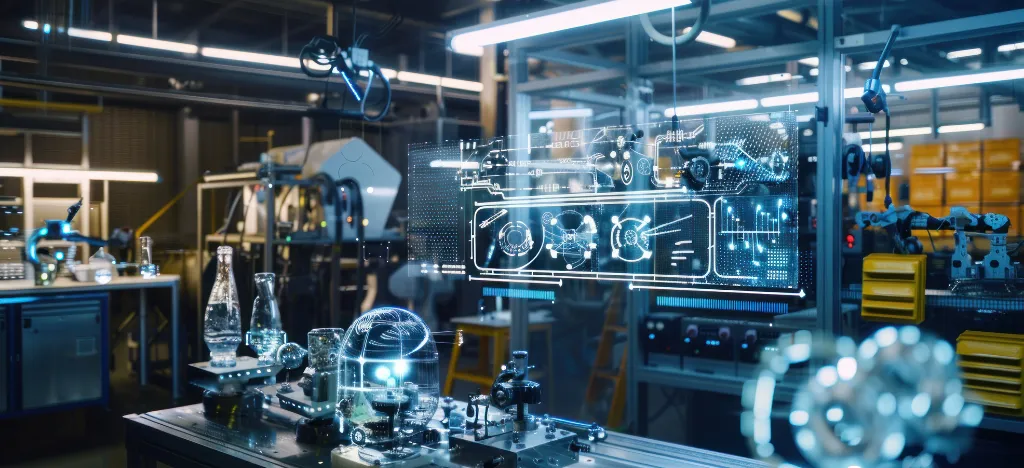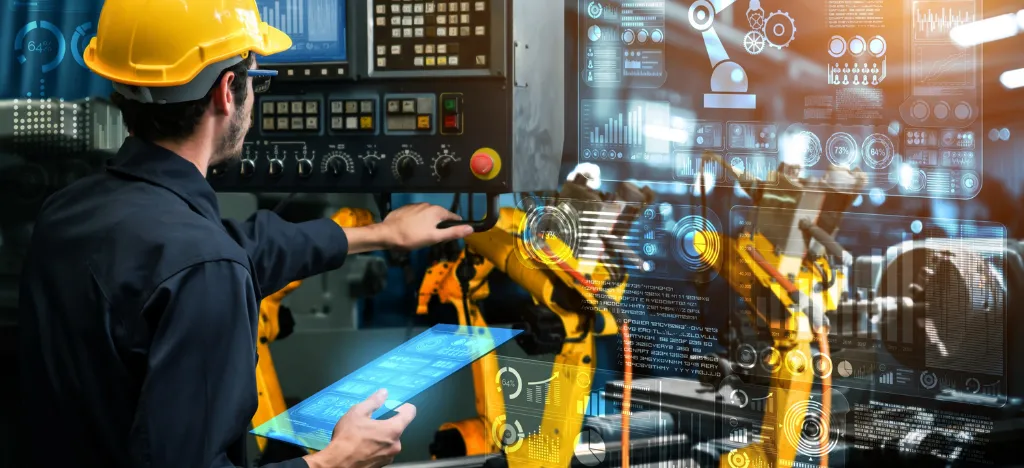Introduction
Supply chains used to operate in hindsight; operators acted only after issues appeared. Today, supply chain management technologies, like predictive analytics, create foresight.
Predictive analytics takes data from sales, logistics, and suppliers so teams can make better decisions
In this blog, we explore the key components of predictive analytics and its use in supply chain management that give companies an edge over their competitors.
Predictive analytics for supply chain
Predictive analytics in supply chain management uses statistical models and machine learning, an application of AI in industry, to turn historical and real-time data into progressive insights. These insights forecast demand, lead times, shipment delays, and supplier risk, so teams can act before problems escalate.
Predictive analytics brings a steadier and more responsive supply chain. Teams can determine customer demand more accurately, which enables efficient inventory management. Through forecasts, companies reduce stockouts and eliminate overstock situations. Logistics management improves as routes and schedules are optimized, lowering delays and costs.
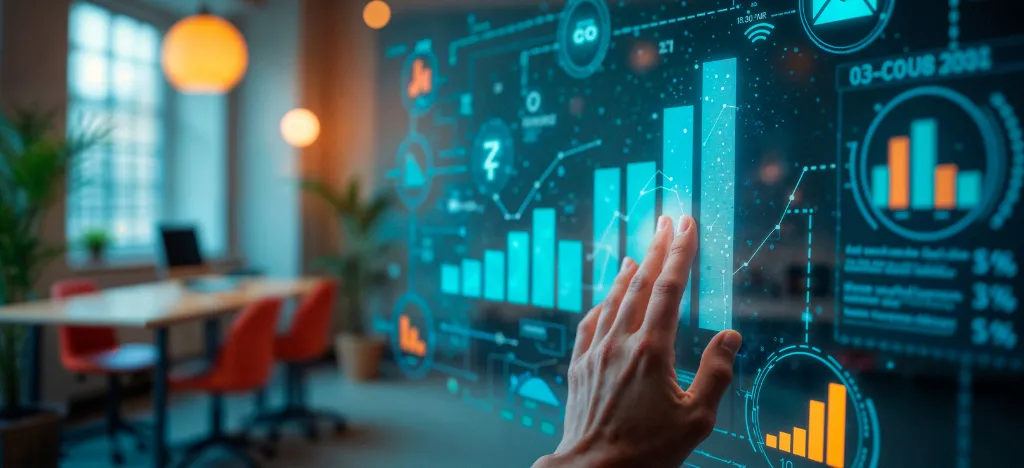
Key components of predictive analytics
Predictive analytics in supply chains rests on three building blocks that turn raw signals into foresight for planners and operators.
-
- Historical data captures multiyear sales, lead times, promotions, returns, and supplier performance. It is cleaned and standardized, then combined with real-time data from IIoT devices to reflect current conditions.
- Machine learning uses AI algorithms to learn patterns, forecast demand, flag risk, and recommend actions. Models continuously improve with new data and feedback.
- Statistical data frames uncertainty through time series analysis, probability distributions, and confidence intervals.
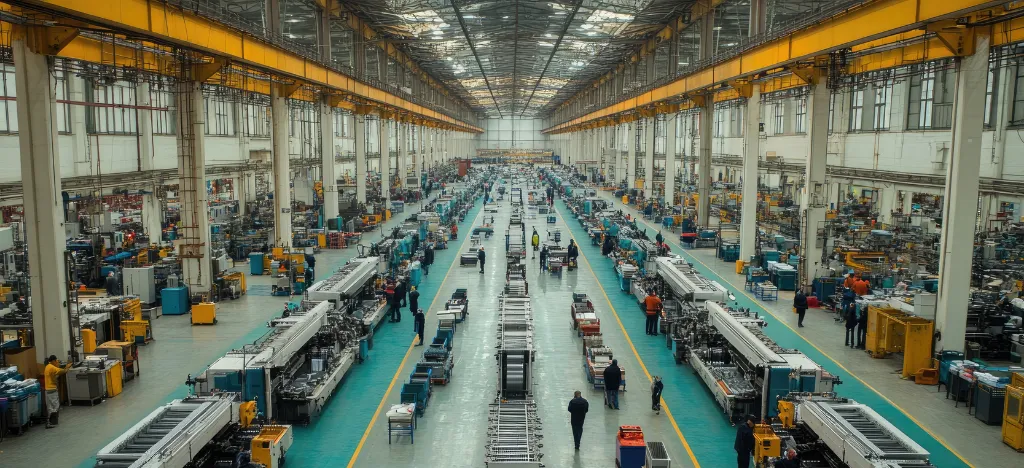
Recent trends in Indian supply chain management
Indian companies are moving toward predictive analytics to build resilient supply chains as part of a wider digital transformation. As cloud systems and shop floor IIoT mature, leaders seek a data-led approach that scales across functions and regions, while meeting rising expectations for compliance and sustainability reporting.
For example, the pharmaceutical industry is one sector where predictive analytics is making significant inroads. With stringent regulatory requirements, pharma companies are utilizing IIoT for continuous monitoring of manufacturing processes, ensuring drug quality, and maintaining compliance.
Major retailers use predictive analytics to enable accurate demand forecasting, predictive capacity planning during peaks, and optimized routing for improved on-time delivery and reduced stockouts.
As Indian companies continue to embrace digital transformation, predictive analytics is creating more efficient, productive, and sustainable factories that will further solidify India’s position as a global manufacturing hub.
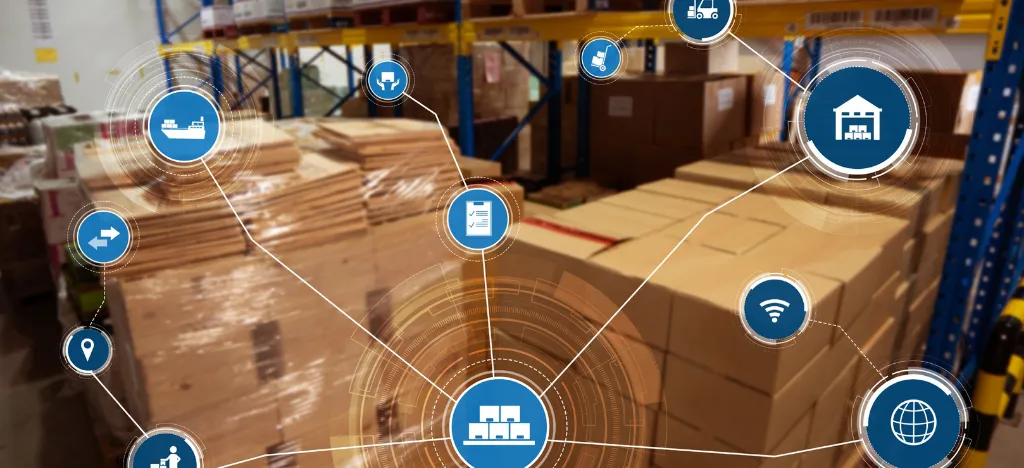
Conclusion
Predictive analytics move supply chains from reaction to readiness. Each feedback sharpens foresight, reduces friction, and builds resilience, creating faster, more reliable networks that serve customers better.

